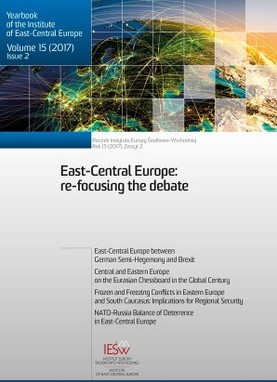Overcoming Divides in the Contemporary EU: “Connectivity”, Political Geography and Super Regions
Overcoming Divides in the Contemporary EU: “Connectivity”, Political Geography and Super Regions
Author(s): Belen Presas MataSubject(s): Political history, Nationalism Studies, EU-Accession / EU-DEvelopment, Politics and Identity
Published by: Instytut Europy Środkowej
Keywords: connectivity; nationalism; super region; geography; identity;
Summary/Abstract: The objective of this paper is to examine the relationship between connectivity, considered how we make the most of geography, and nationalism, the long-lasting challenge that Europe has always faced. This paper considers that the process of integration in the European Union (EU) is no longer happening through nations, but through super regions—functionally connected entities that share key infrastructure, even when there is no clear geographical distinction. As these connections gain importance, nationalism decreases in strength. The first section provides an overview of nationalism in Europe, citing some current examples and relating it to the lack of a European identity. The second section defines the idea and extension of super regions and, using the core-periphery theory, explains “multi speed” Europe. The next part will be devoted to the concept and implications of connectivity and the role of communication and data in cross-border flows. The last part draws a general picture of a Europe of super regions.
Journal: Rocznik Instytutu Europy Środkowo-Wschodniej
- Issue Year: 15/2017
- Issue No: 2
- Page Range: 213-232
- Page Count: 20
- Language: English

